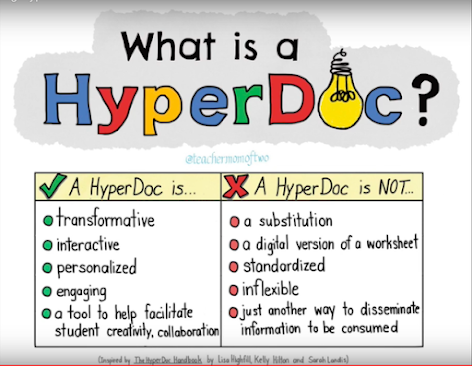Home » Posts tagged 'teaching'
Tag Archives: teaching
Virtual Reality in The Classroom
Tiffany Imparato
Keeping students excited and engaged in the classroom can be hard at times so why not put fun technology in with your lessons? The idea of virtual reality tools combined with lessons is enough to get any student excited to explore. I selected to check out the new Google Cardboard and explore how utilizing it could take teaching to the next level.
This is an extremely low-cost way to add great value to your classroom and introduce virtual reality to any lessons plans as students get drawn into their augmented reality. You can purchase low cost pre made cardboards through Goggle at very low prices starting around $8.00 or I found print out templates free after a quick online search. So, you can grab any cardboard lying around home or school and recycle it into good use. Remember teaching about recycling and using is highlighting one of our SDGs.

After completing the construction, it is time to head to the APP store and download the supporting tool to bring our experience to life. Beside the official app there are various platforms that also work such as You Tube so you can enjoy videos in 360-degree mode.
Wow just a phone, an app, and a phone gives students access to virtual experiences that can take them anywhere. Students can easily explore places beyond their imaginations such as other countries, space, national parks, the options are endless. The best part is that this is simple technology and can be applied in classrooms of basically any age or skill level with guidance.
Highschool students can use it to explore ancient ruins, middle school students can explore the solar system, elementary students can go virtually on safari. These can be used individually or all together on a type of virtual class field trip where students feel as though they are really there.
Here is an example when using it with Google Earth
The truth is this technology can be used to teach science, history, climate preservation, and in aid to encouraging students to become global citizens. The fact is this tech tool breaks the boundaries of the classroom and placing students virtually anywhere in the world.
Hyperdocs
Classrooms are ever adapting to the evolution of technology, and what’s coming along with it is new forms of teaching. The development of user interface and now seemingly universal access to computers has resulted in making education easier on students. Teachers are now taking advantage of this student-desired format. Online lessons, video lectures, and studying applications are now being incorporated into every day classrooms and replacing the typical, often boring assignments or lesson structure. Coming from a student, the pen and paper notes format just never caught my full attention. These online forms of learning are referred to as Hyperdocs. Hyperdocs are not just helping students engage in the classroom, but they are improving scores in students who struggle to focus in school.

Above is a perfect outline of what a Hyperdoc represent and cover. Hyperdocs should not be a substitution of work, nor should it be a dulled down version of it. A hyperdoc should coincide with the lesson plan and materials the class is based around. For example, a hyperdoc could be used in a history course to show key points and prompt critical thinking questions, via a PowerPoint or Google Slide.
Here’s a perfect example of a student made Hyperdoc showing the students knowledge and full comprehension of the subject: Civil War hyperdoc
Within the hyperdoc is a layout of the contents, the information given in order, and links, in this case, embedded on every slide. The links take you to either source material or explanation documents detailing the slide better. Hyperdocs are more than just presentations displaying information. They are tools for learning that help students process and connection information. A great comparison is hyperdocs to maps. Both lay out all the information necessary to succeed, it is just up to the user to interact with them accordingly.


Provided above are two slides of the example hyperdoc. The first is a great example of a title slide. The slide has all the following slides provided and linked, like a table of contents. The second slide is a body slide providing information on it’s specific section of the topic. This slides assignment links have been removed for privacy concerns, but the image link still works and takes you to a virtual scavenger hunt. Many of the other slides follow a similar format.
Hyperdocs are another educational form that will revolutionize the classroom as education begins to become more comprehensible and assessible for all, regardless if the students don’t have technological access or have trouble understanding lessons and materials during their time in the classroom. The educational future is bright, and creative applications of learning like hyperdocs will be seen in every class plan at almost every level.
Recent Comments